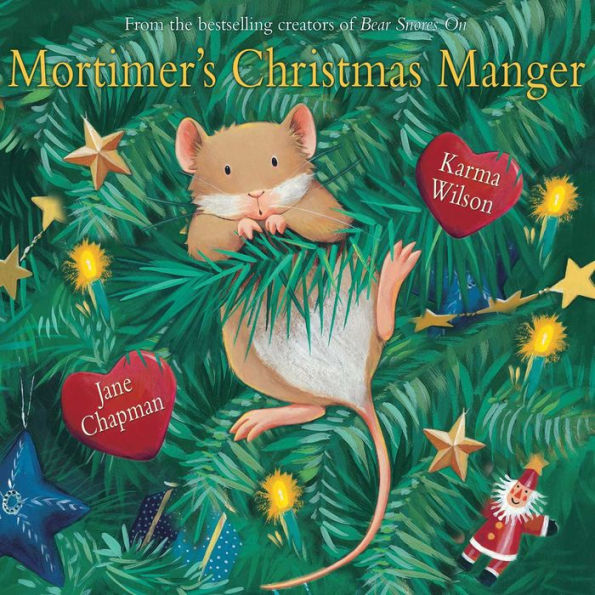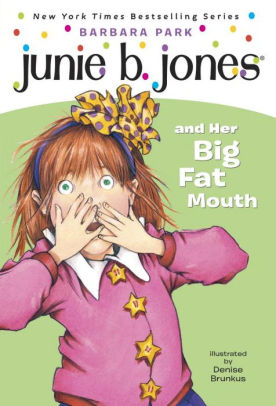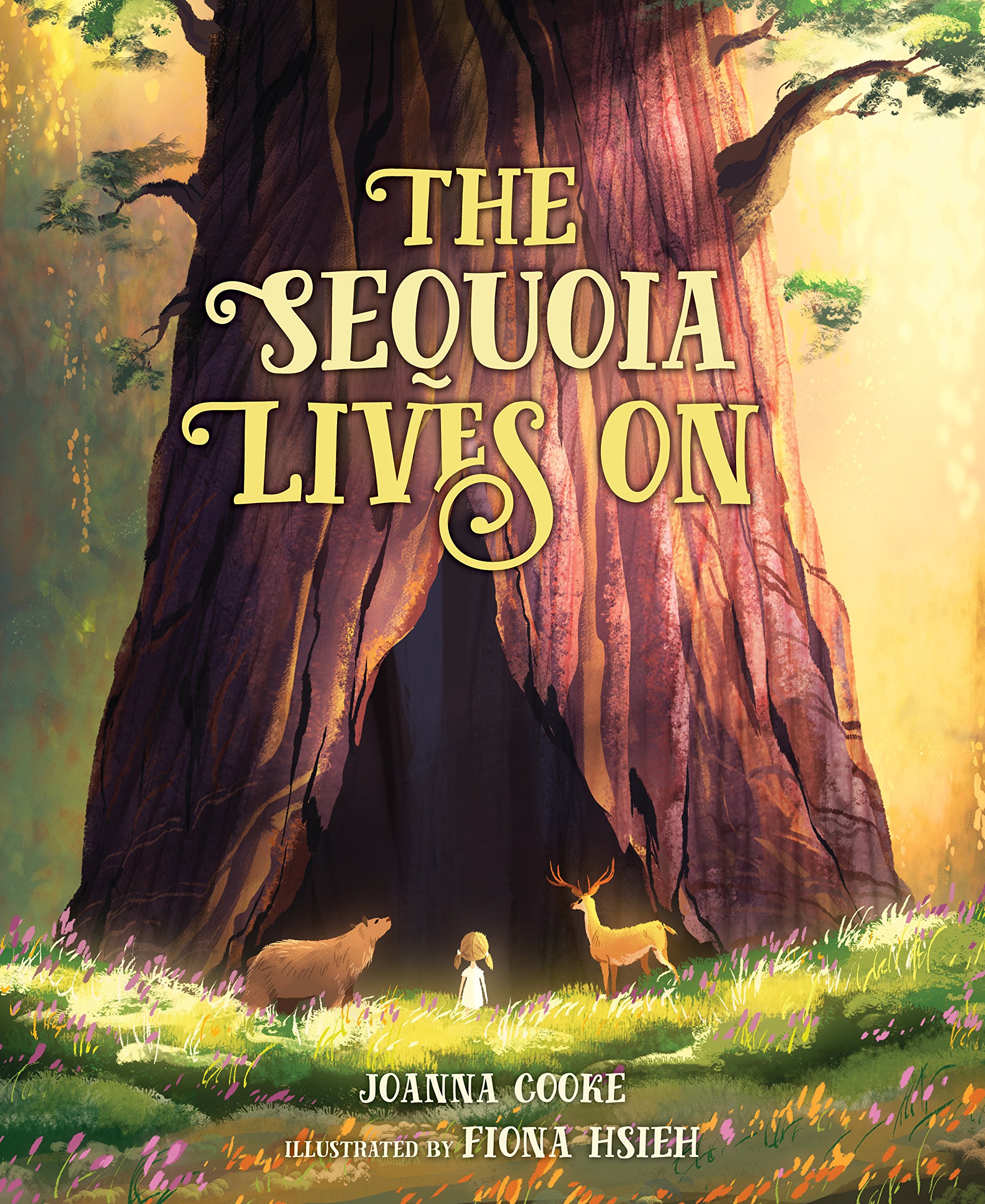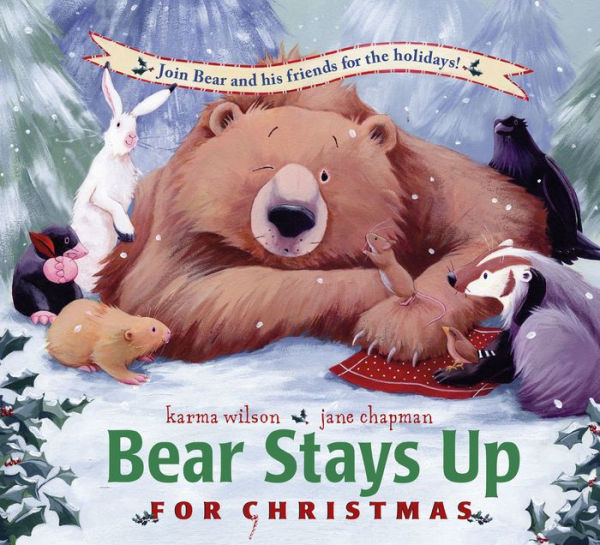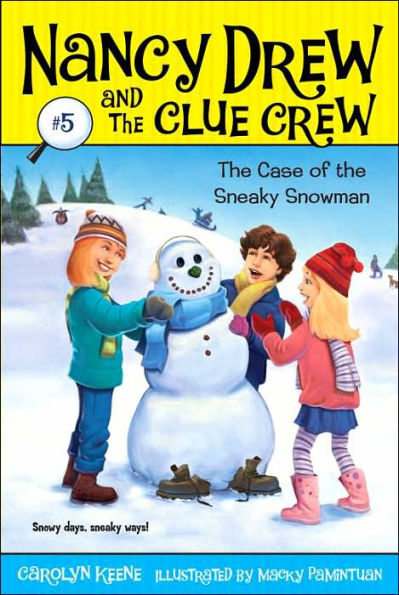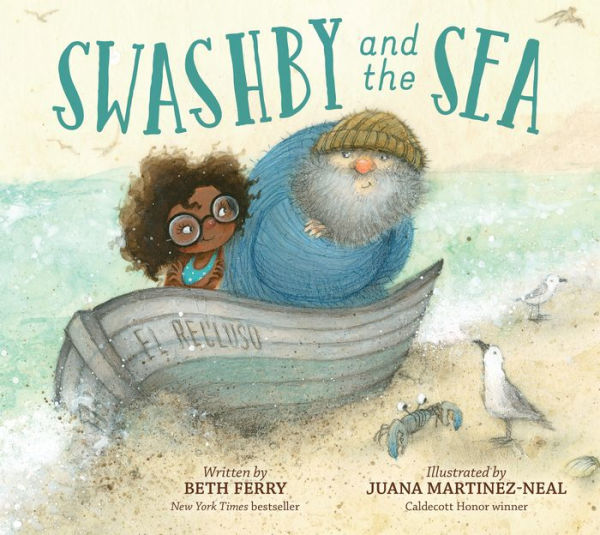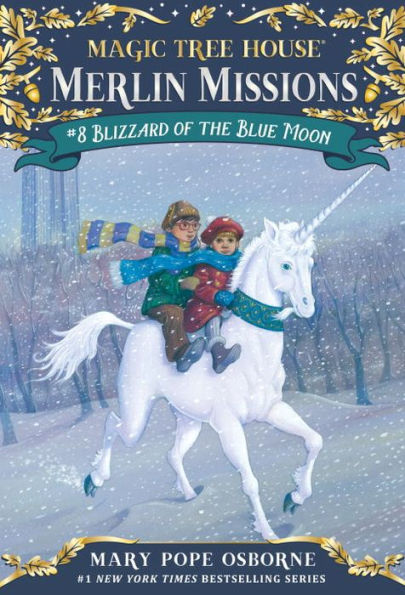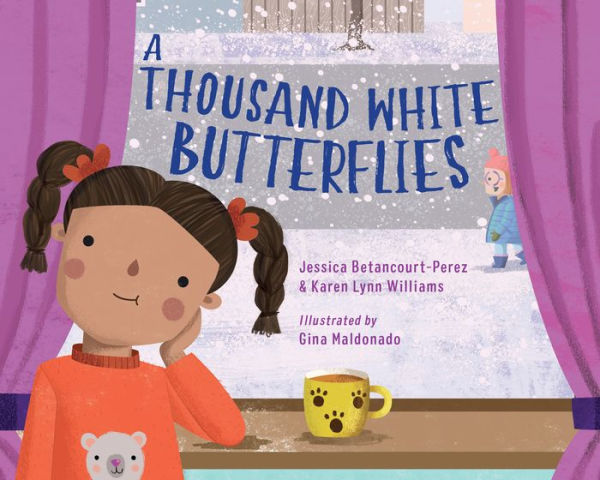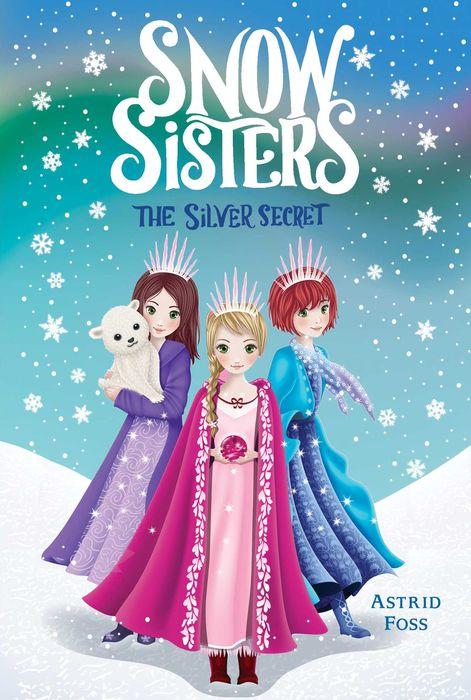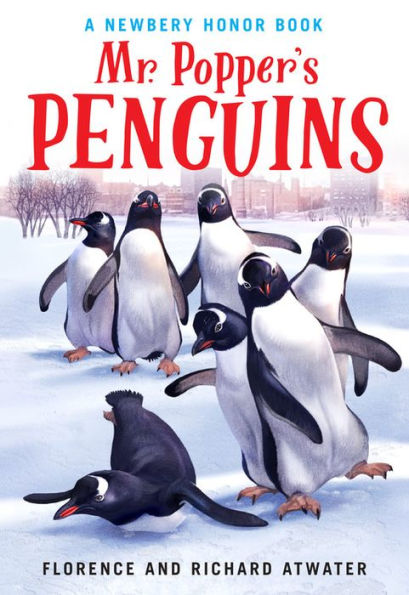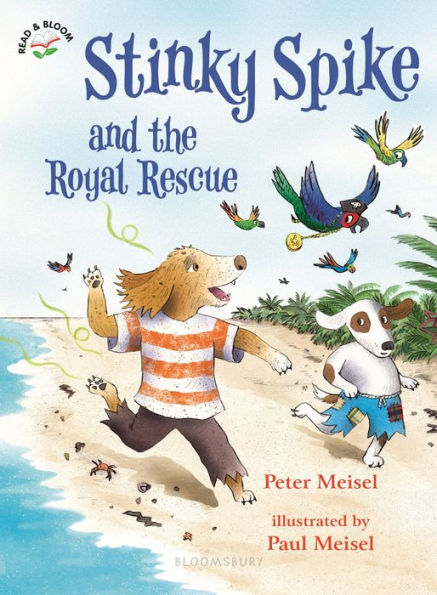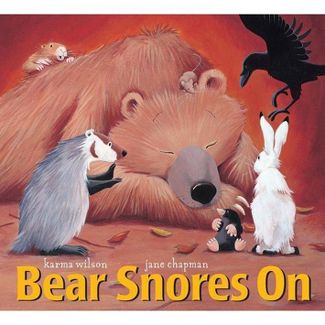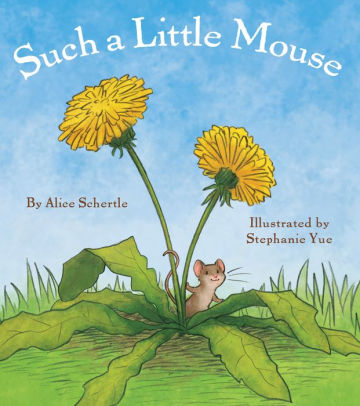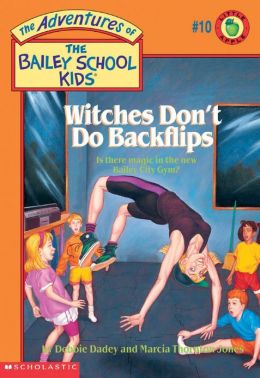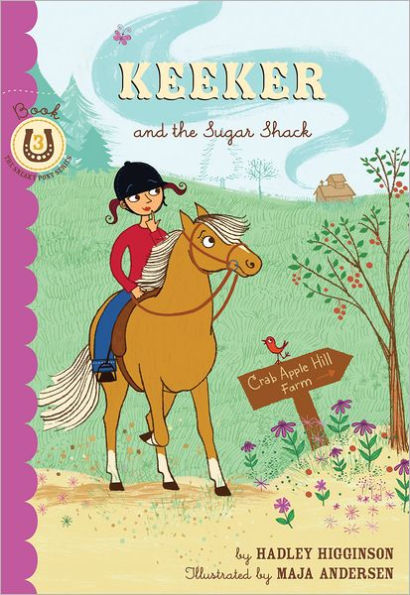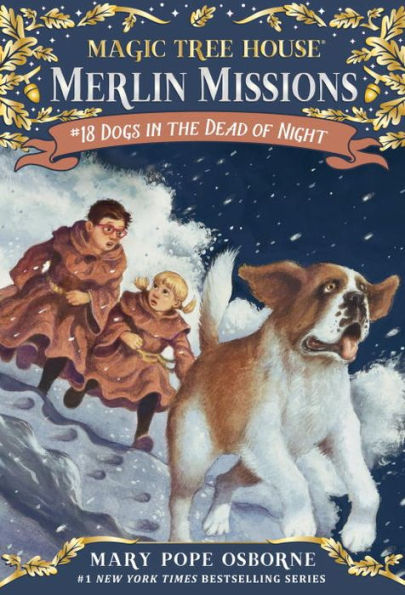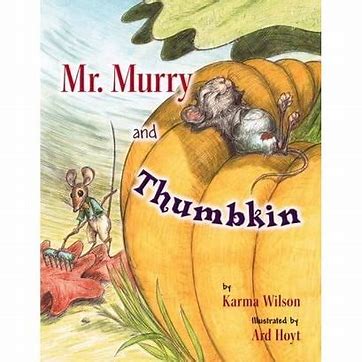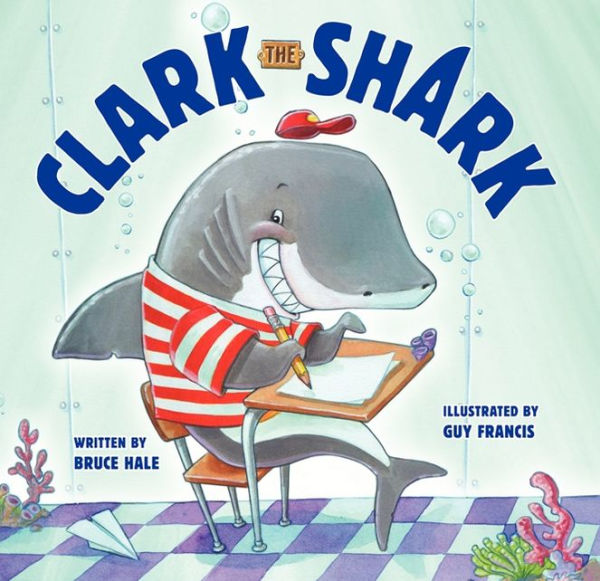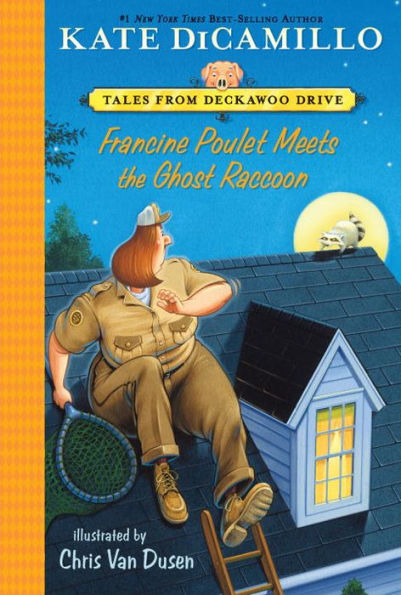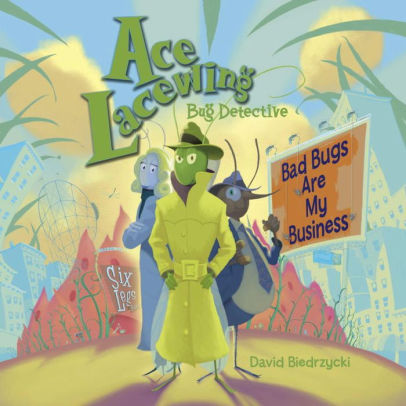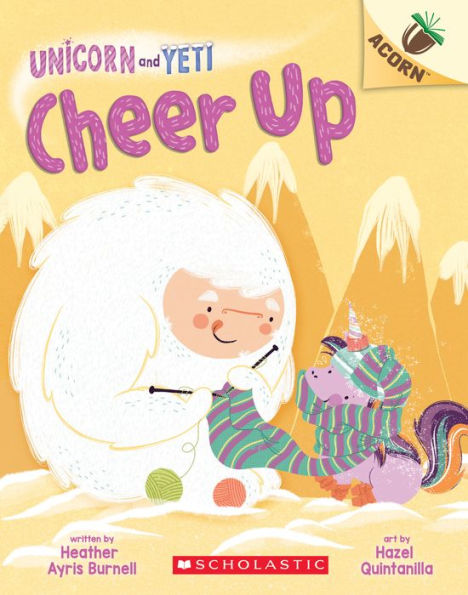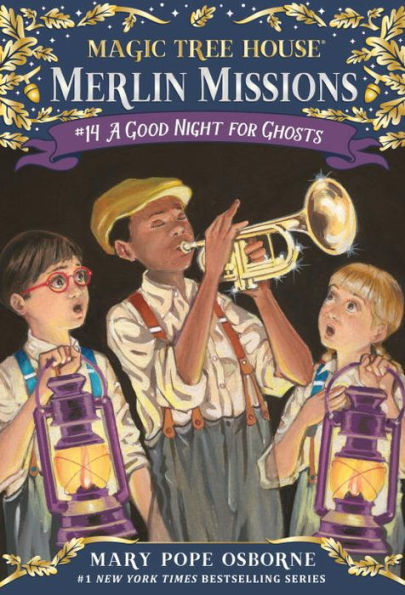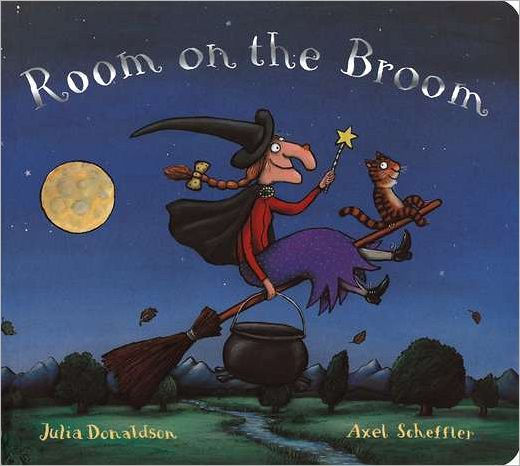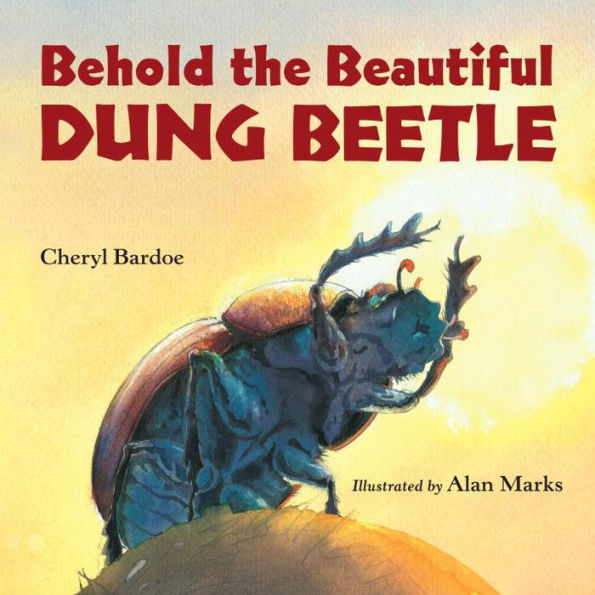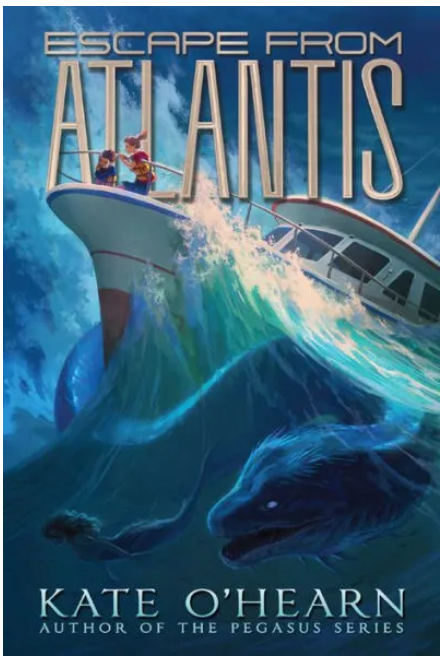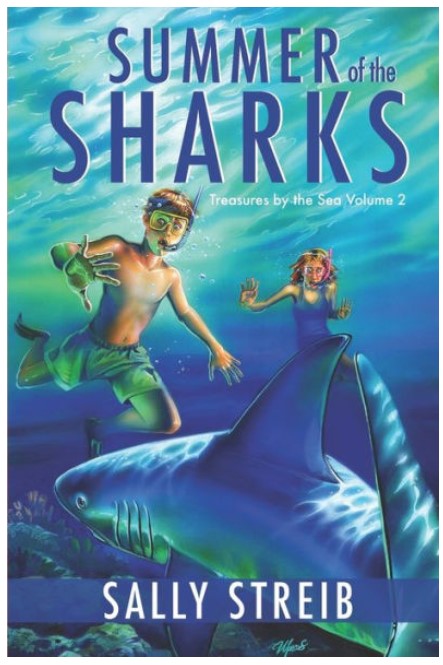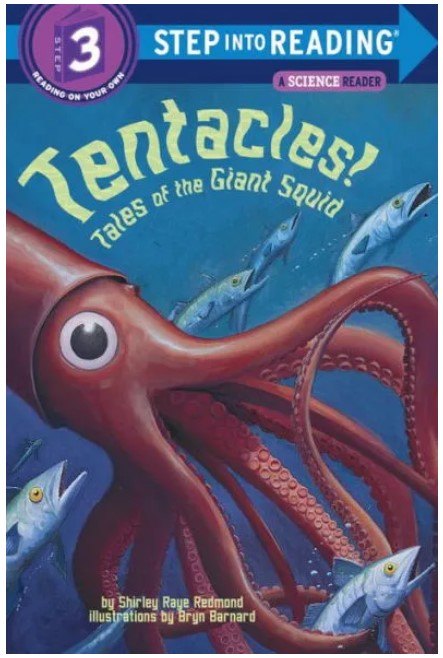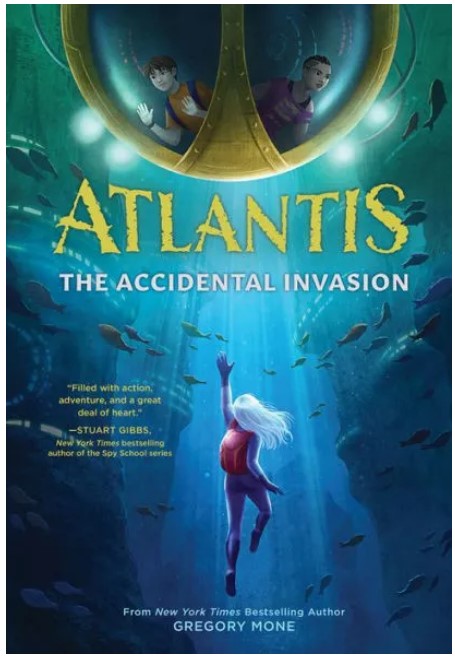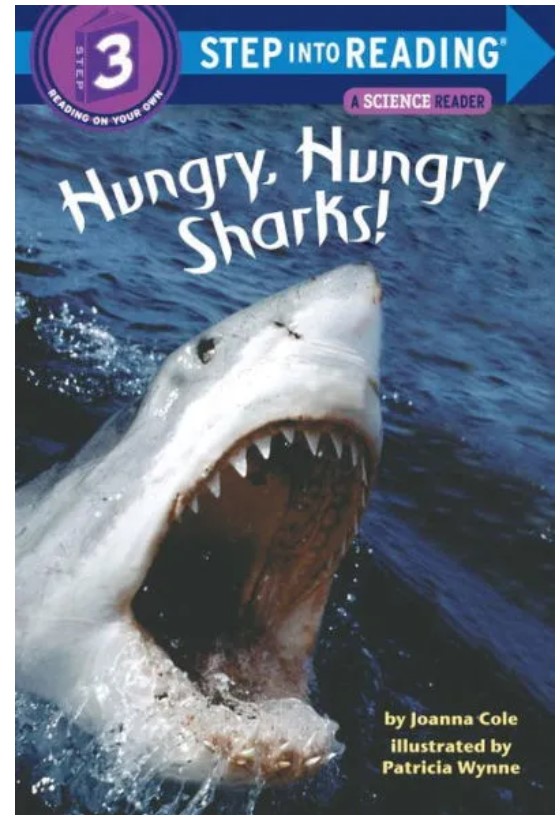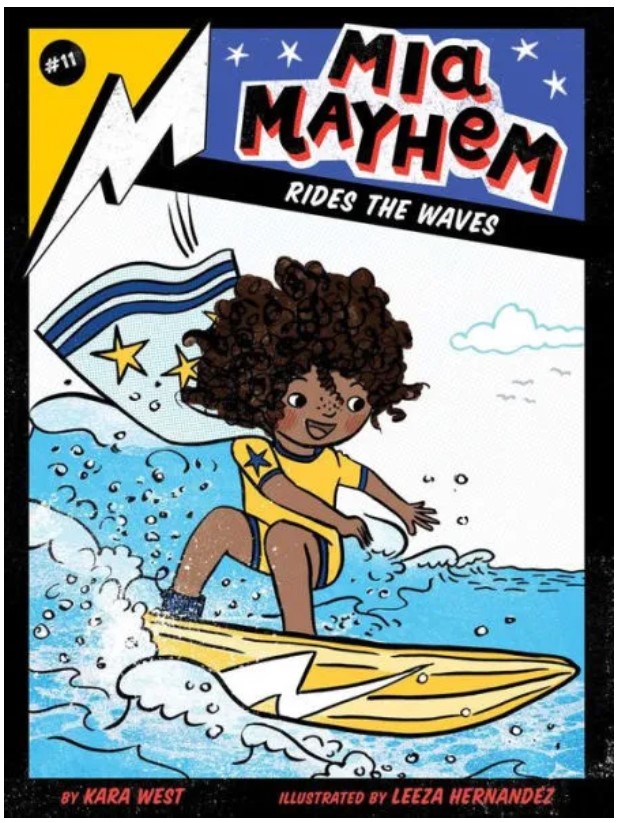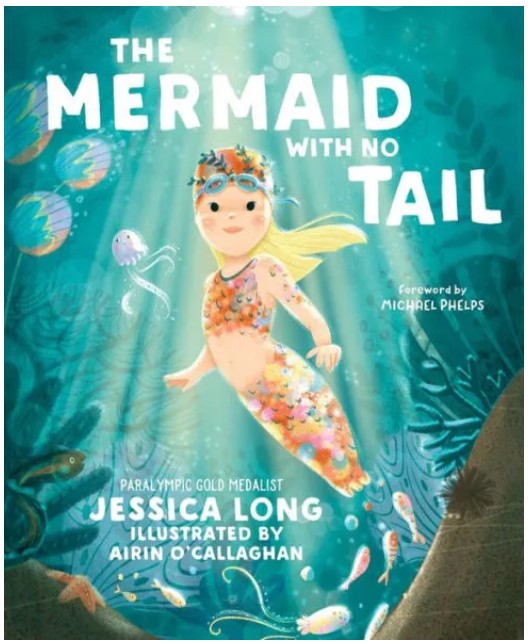Mortimer Mouse needs a new house—a house that’s not so cold, cramped, and dark. Where can he go?
Mortimer sees a huge tree covered with twinkling lights. And next to the tree, a mouse-sized house. And inside the house, a wee wooden manger just Mortimer’s size. But statue people already seem to live there! One by one, Mortimer lugs and tugs the statues out of the house—only to find them all put back in their place each evening! What is Mortimer to do?
It’s not until he overhears a very special story that Mortimer realizes whose house he is sharing and where Mortimer himself belongs. It is the story of Christmas and the night the baby Jesus was born that warms Mortimer’s heart in this magical holiday story.
Readers will enjoy following Mortimer as he leaves his dark, dirty home and searches for a new home. While Mortimer doesn’t understand the significance of the decorations or the manger, younger readers who celebrate Christmas will recognize the common holiday decorations. Suspense is created as Mortimer sneaks into the living room, climbs the Christmas tree, and moves the people out of the nativity. While Mortimer doesn’t know how the people get back into the house, the reader will see a little boy gently placing the people back into the house.
Mortimer’s Christmas Manger introduces the story of baby Jesus. The detailed full-page illustrations use Christmas colors and show Mortimer’s viewpoint. While most of the illustrations do not show Mortimer’s emotions, the words will help readers understand Mortimer’s hopes and feelings. Even though the story is a picture book, parents will need to read the story to their younger children. Some of the pages are text-heavy and many of the sentences are complex. The amount of text will make Mortimer’s Christmas Manger a longer story to read and children may have questions about the Christmas story.
Mortimer’s Christmas Manger is a beautiful story about Mortimer learning the Christmas story and coming to understand the significance of the nativity scene. The conclusion shows how God answers prayers and provides for his people.
Sexual Content
- None
Violence
- None
Drugs and Alcohol
- None
Language
- None
Supernatural
- None
Spiritual Content
- The story of baby Jesus’s birth is retold.
- Mortimer says a prayer, “Jesus, you were born to save the world. Perhaps you could also bring me a home?”
- After Mortimer’s prayer, he sees a gingerbread house and moves into it. Mortimer prays, “Thank you, Jesus. You’ve made room for me, too.”
